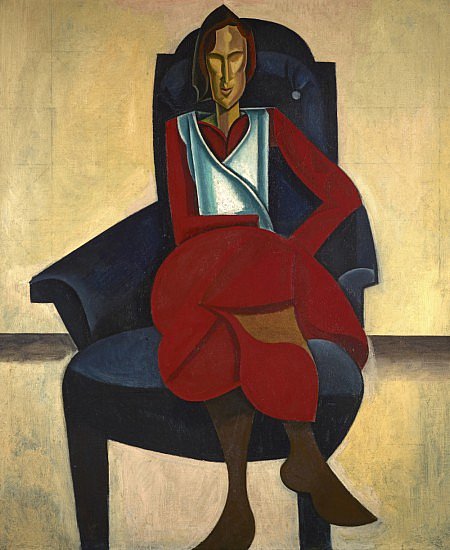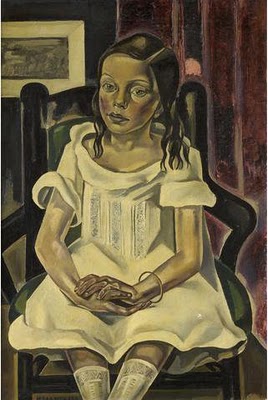****************************
The artist performs only one part of the creative process. The onlooker completes it, and it is the onlooker who has the last word.
—Marcel Duchamp
*******************************
I can’t say I have always fully appreciated or understood all of the work of Marcel Duchamp (1887-1968). The French born artist is best known for his Nude Descending a Staircase #2 (above) which was the center of the fabled and highly influential Armory Show of 1913. The Cubist painting was considered a shocking departure from the norm, breaking the human form and its motion into abstracted blocks and lines. For an art world that was still basically reeling from the push of Impressionism against traditional academic style painting, it seemed like a gateway to total chaos.
 Perhaps it was the notoriety from this show and the effects of World War I that pushed Duchamp even more away from the art establishment of that era. His work became more and more provocative, as he became associated with the Dada movement which rejected all the norms of traditional art. You may know his 1917 sculpture, Fountain, which was a urinal signed with the pseudonym R. Mutt. Shocking the world at the time, it is considered a Dada masterpiece and one of the most influential works of the 20th century.
Perhaps it was the notoriety from this show and the effects of World War I that pushed Duchamp even more away from the art establishment of that era. His work became more and more provocative, as he became associated with the Dada movement which rejected all the norms of traditional art. You may know his 1917 sculpture, Fountain, which was a urinal signed with the pseudonym R. Mutt. Shocking the world at the time, it is considered a Dada masterpiece and one of the most influential works of the 20th century.
The thing I find interesting is that after the late 1920’s, Duchamp, still a relatively young man, more or less gave up the making of art and focused on playing chess. He viewed the game as more pure than art in that it was beyond commercialization. He did little art making in the time until his death in 1968.
But while Duchamp, with his contrarian nature, remains an enigmatic character for me, I do heartily agree with his words above. Art is not completely in the making of it. It is the viewer and the impression of the work that they carry with them that completes the artwork. Regardless of how or why the artist created the work, it is the impression that the work makes on the viewer that matters. A deeply personal piece that is that is beautifully crafted may not have the same impact as one that is rough and crudely executed.
That remains the last word of the viewer and what the see and feel in the work.
And that will always be a mysterious and sometimes confounding thing that is beyond the control of the artist.

















